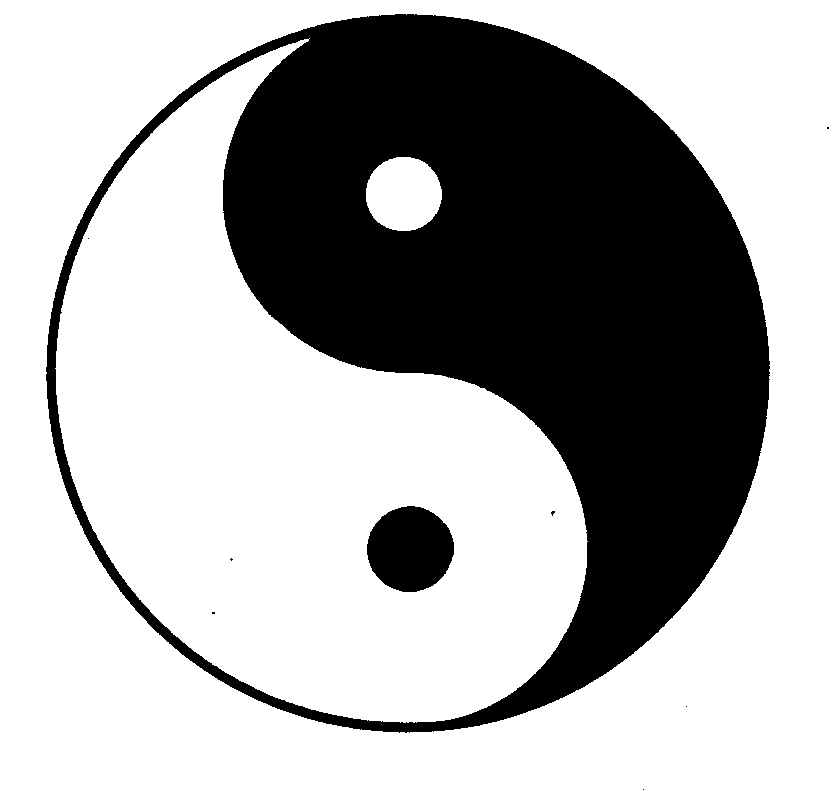It is so moving to see these people fighting for their rights. It reminds me of the quote by Margaret Mead that was brought to our attention by Dr. Shahi in class last week:
Never doubt that a small group of thoughtful, committed citizens can change the world. Indeed, it's the only thing that ever has.
I believe that mobilizing communities is going to make the biggest difference in our reaching the Millenium Development goals. After all, excluding select groups from centralized processes is the very reason there is so much "unfinished business" in human development. Then we went and made it worse by telling them exactly what they need to do to make it better. Now, we seem to have finally come to the realization that involving (and hopefully, empowering) disenfranchised communities is the only way to truly make a difference.

The above picture, from the TAC website, is another dramatic example of community mobilization efforts. We can get lost discussing the merits of PPPs, cost-benefit analyses, global data systems and stakeholder summits. There are other ways to get things done.
What lessons can future health professionals take from this? It goes back to the title of this post: How far would you go? How far would we be willing to go to fight for ARVs, for polio eradication, for universal health care? Would we be willing to dance on a stage to rile people up against the injustice of a black infant mortality twice as high as that of whites? Would that be too unprofessional, too personal, too close to home?
After watching the TAC video, I really don't think so.







